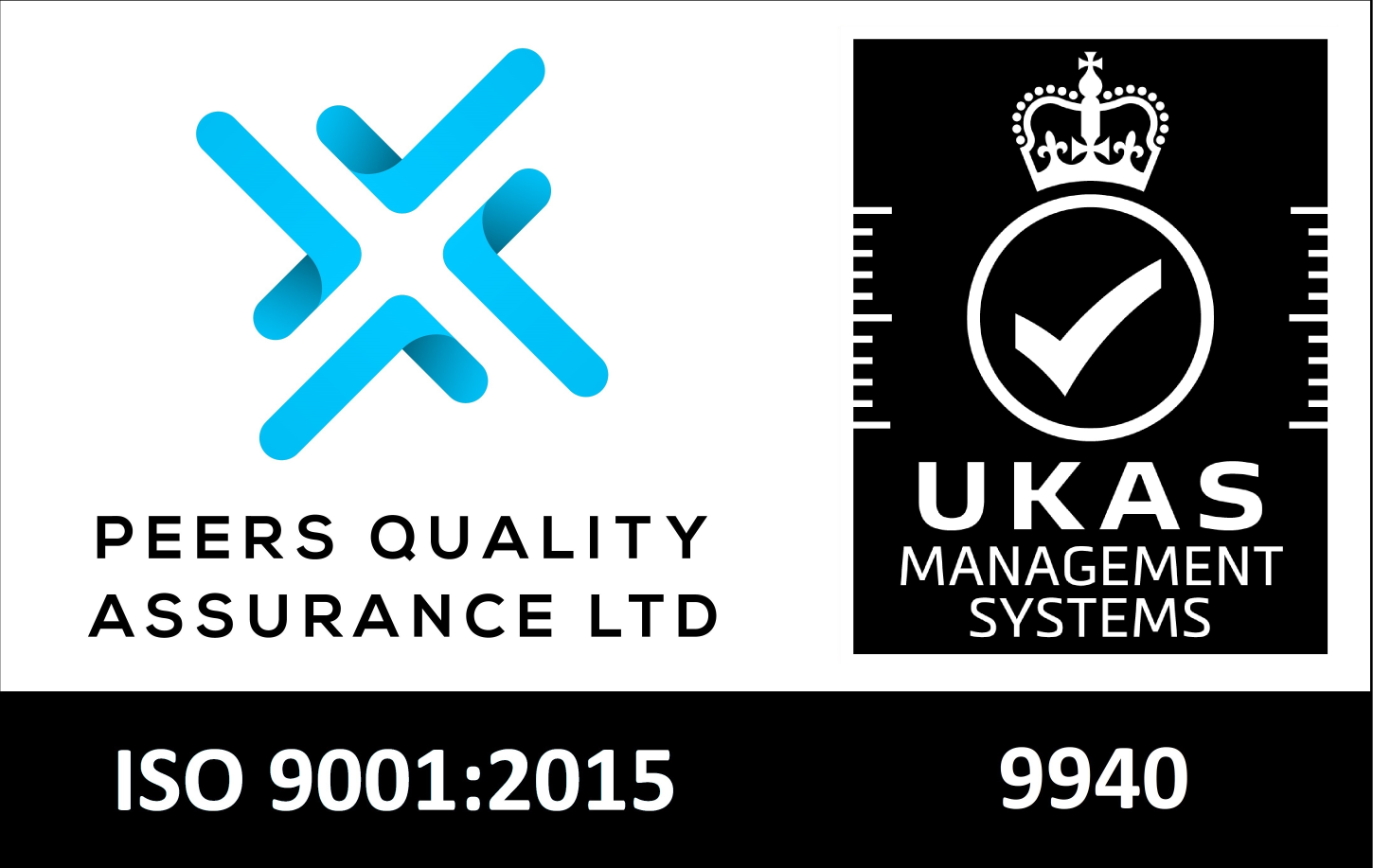Laser Engraving/Cutting
Laser engraving is the process of using lasers to engrave an object or material. We use Co2/Fibre/Galvo CNC laser engraving for both engraving and for cutting holes or shapes as it achieves much finer marking and cutting than CNC milling. Lasers can engrave metals, wood, rubber, glass and plastics (including Perspex) as well as natural materials such as slate, marble and granite.
How it works.
A laser will either vaporise the material at which it is pointed or it will change the material surface to create a contrast, depending on the type of laser used. By managing the output power of the laser, its pulse rate and the speed the laser moves over the surface, the cutting or engraving effect can be precisely controlled for each specific material and by reducing the power to a minimum, very thin materials can be engraved or cut.
In instances where the laser cannot remove the surface of a particular material, a chemical layer is initially sprayed onto the material surface which fixes on to the material when the laser is applied. The excess spray is then rinsed off to leave a permanent black image on the surface.
Capabilities
We have three of the very latest technologically advanced Epilog computer controlled two dimensional flat bed engraving machines:
* Two Co2 60 watt laser engravers with a bed size of 1219 x 914mm and a working height of 311mm.
* One Galvo Fibre laser engraving machine, with a bed size of 610 x 610mm and a working height of 401mm.
Above is a short video, showing the laser engraving process on 2-ply Impact acrylic.
In the above video, we laser engrave powder coated aluminium asset tags, permanently marking them with individual descriptions and unique serial numbers. Our laser engraving techniques ensure accuracy and efficiency, making these tags an essential part of inventory management and tracking.
Gallery
Click to enlarge













